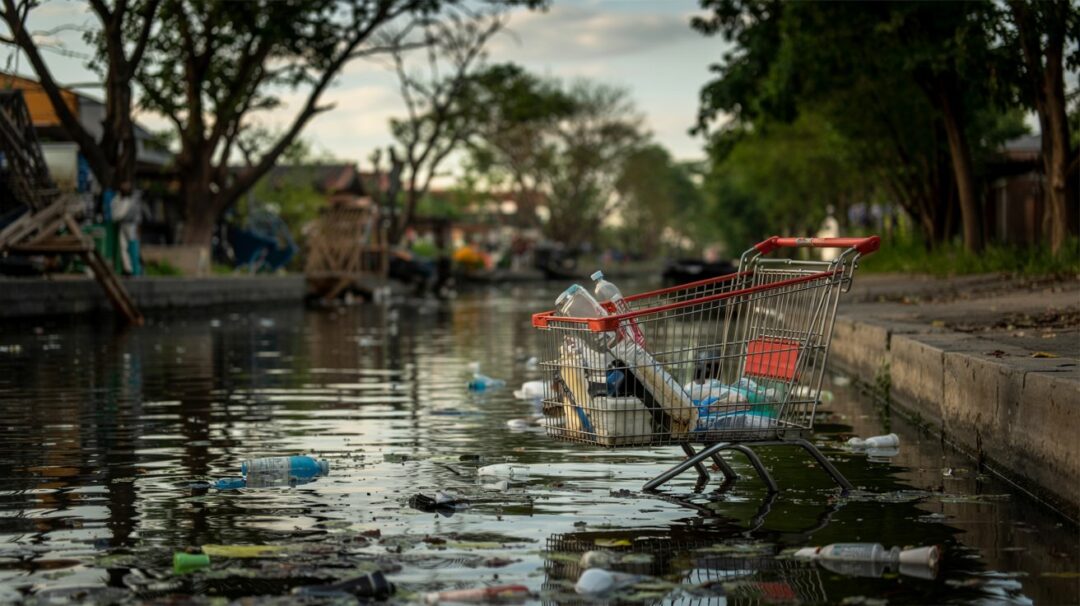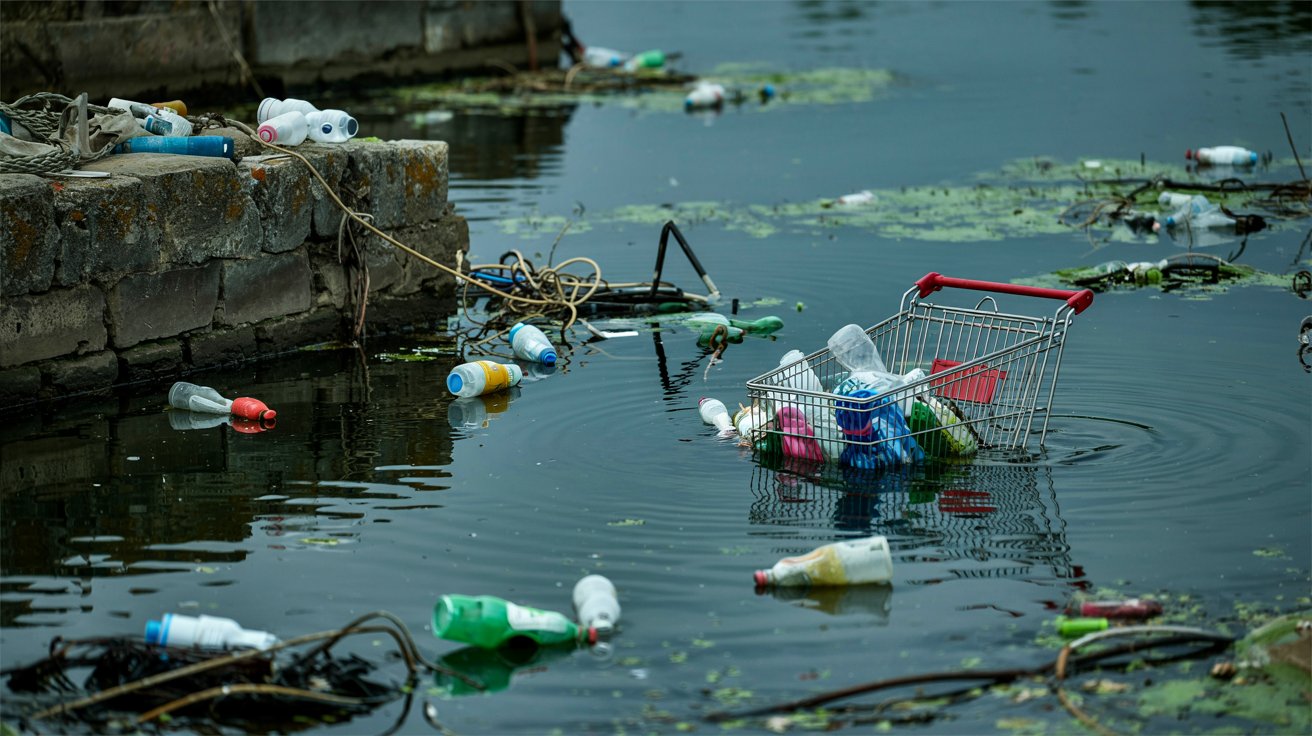Understanding Microplastics and Their Impact
Have you ever wondered what those tiny bits of plastic floating around in our oceans and lakes are doing to our planet? Understanding microplastics and their impact is a crucial step toward addressing one of the most challenging environmental issues of our time.
What are Microplastics?
Microplastics are tiny plastic particles that originate from various sources. They are typically defined as plastic pieces smaller than five millimeters in size, making them almost invisible to the naked eye.
Sources of Microplastics
Microplastics enter the environment primarily through the breakdown of larger plastic debris. Over time, exposure to sunlight, wind, and water wears down plastic waste like bottles, bags, and fishing nets into smaller fragments. Additionally, some products like exfoliating body washes and synthetic clothing intentionally contain small plastic beads that end up in wastewater during use. This section of your knowledge journey clarifies how everyday habits and manufacturing processes contribute to the microplastic problem.
Types of Microplastics
Microplastics can be categorized into two types: primary and secondary. Primary microplastics are manufactured to be tiny, such as microbeads in personal care products. Secondary microplastics result from the degradation of larger plastic items. This distinction helps you grasp the diverse origins and pathways of microplastics in the environment.
The Impact of Microplastics
Though these particles are small, their impact is significant, adversely affecting marine life, the environment, and even human health.
Environmental Impact
The persistence of microplastics in the environment is a pressing issue. Unlike organic substances, plastics do not decompose. Instead, they break into smaller pieces, contributing to pollution for hundreds of years. In waterways, they absorb toxins and act like a vehicle, transporting harmful chemicals and introducing them to the aquatic food chain.
Impact on Marine Life
Marine organisms, from tiny planktons to large whales, ingest microplastics, mistaking them for food. For small creatures like plankton, consuming microplastics can be fatal, reducing their ability to feed and reproduce, which disrupts the food chain. Larger marine animals, including fish and birds, risk digestive blockages, malnutrition, and exposure to toxins, ultimately impacting biodiversity and ecosystem health.

Human Health Concerns
Microplastics pose potential risks to human health as well. Seafood lovers may unknowingly consume microplastics when eating fish and shellfish. Researchers are only beginning to study the health implications, but concerns include chemical exposure and the movement of microplastics from the digestive system into the bloodstream. Staying informed about these potential outcomes helps you make mindful decisions about food choices and personal habits.
How Microplastics Enter Our Lives
Understanding how microplastics infiltrate daily life can empower you to reduce plastic waste and opt for sustainable alternatives.
Consumer Products
Many consumer goods, from cosmetics to clothing, contain microplastics. When items like synthetic fabrics are washed, plastic fibers flake off and slip through water treatment plants into oceans. By educating yourself on product composition, you can choose items that minimize environmental footprints.
Landfill Leachate
Plastic waste in landfills can release pollutants into surrounding soil and water over time, contributing to the presence of microplastics in the environment. Proper waste management practices and recycling can mitigate this, making it an important topic for community awareness and individual responsibility.
Global Response to Microplastic Pollution
Many countries and organizations are taking action to address and reduce the impact of microplastics on our environment.
Legislation and Policy
Governments worldwide are implementing laws to curb the production and use of microplastics. The ban on microbeads in cosmetics, for instance, showcases how policy changes can drive positive environmental outcomes. Keeping abreast of these regulations encourages support for advocacy and policy reform.
Innovations and Solutions
Innovators and researchers are developing novel technologies and ideas to tackle microplastic pollution. This includes biodegradable plastics, advanced filtering systems in water treatment facilities, and initiatives to recycle and repurpose existing plastic waste. Laying out these solutions provides hope and motivation to embrace innovation in daily life.
Efforts by NGOs and Community Groups
Non-governmental organizations and community groups play a vital role, raising awareness and educating the public about microplastics. From organizing clean-up campaigns to advocating for eco-friendly practices, their efforts highlight how grassroots initiatives drive significant environmental change.

Personal Action Steps
While the magnitude of microplastic pollution may seem daunting, individual efforts can collectively make a difference.
Reduce and Reuse
Opting for reusable products over disposable plastic items reduces waste. Simple changes like carrying a reusable water bottle or shopping bag minimize your plastic footprint daily.
Support Sustainable Brands
Choosing to support companies with sustainable practices encourages industry-wide shifts in production methods. Look for brands that emphasize environmental responsibility and transparency in their operations. Commitment to this consumer behavior aligns spending with values that prioritize planetary health.
Educate and Advocate
Sharing insights about microplastics with family and friends raises collective awareness. By becoming an advocate for change, you contribute to a broader cultural shift towards sustainability and environmental consciousness.
Conclusion
Understanding microplastics and their impact highlights the urgent need for concerted action from individuals, companies, and governments alike. Though the challenges are numerous, they are not insurmountable. By making informed choices and supporting initiatives aimed at reducing plastic pollution, each person can play a role in protecting our world for future generations. Your journey towards becoming an eco-friendly champion begins with knowledge and commitment to change.

